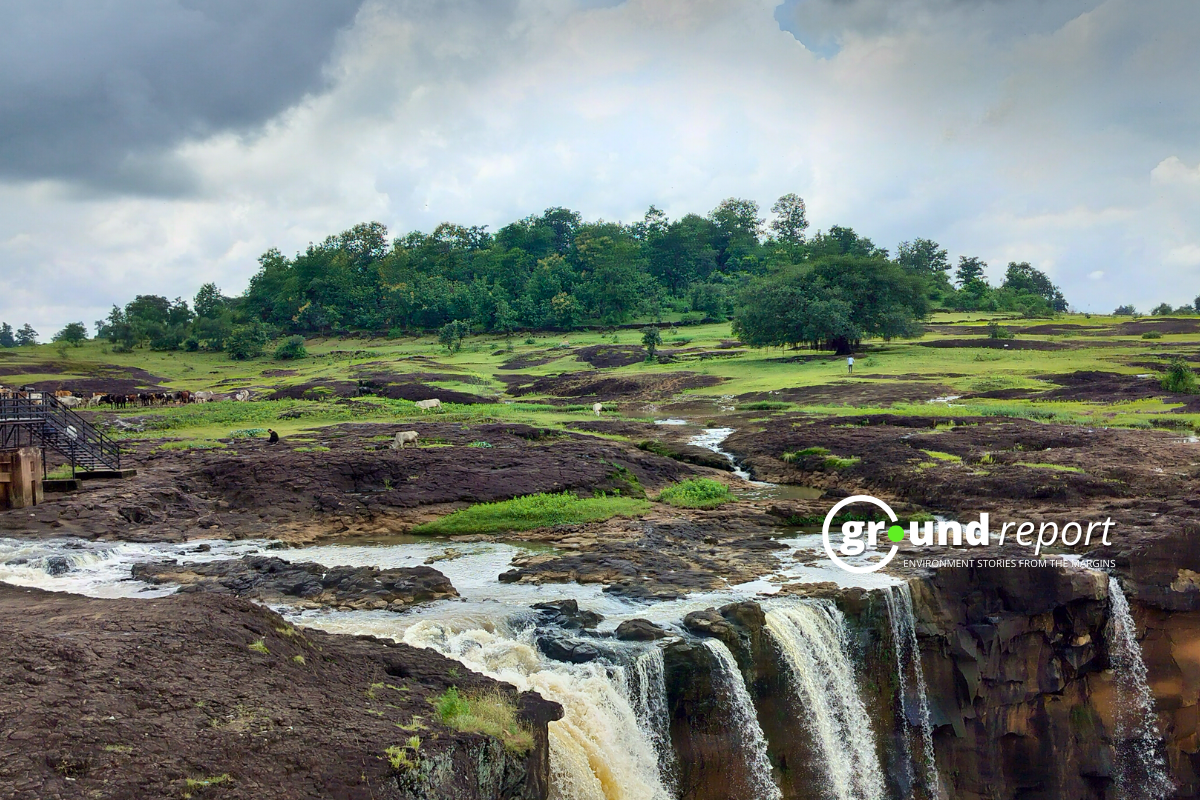In search of solutions to counteract the consequences of climate change, a group of astrophysicists bet on an idea that is out of this world. They proposed that dust could be extracted from the moon and used as a shield to put it around the Earth and thus block the Sun’s rays.
Scientists Benjamin Bromley, Sameer Khan and Scott Kenyon, writing in the journal PLOS, say they “found that the Moon’s dust grains could be just the right size to scatter sunlight.”
A daring group of astrophysicists proposes throwing into space, from the surface of our planet, millions of tons of lunar dust, in order to contain global warming.
To highlight the potential advantage of this proposal, they give an example of what happened 460 million years ago in the cosmic region that separates Mars from Jupiter.
Then a collision of gigantic proportions occurred: it generated dense clouds of dust that are believed to have been transported to Earth, triggering an Ice Age.
For these authors, this experience reveals one thing: that cosmic dust can change the climate of a planet like ours. Taking into account the global warming that we are experiencing, as a consequence of the greenhouse effect, it is an idea that would be worth considering.
Technically possible
What has not been proven is that a phenomenon of these dimensions can be generated and projected onto our planet in a controlled manner.
The idea that these authors propose, based on a technique used to study the formation of planets around distant stars, is that the dust found everywhere on the surface of our Moon is used to block about two per cent of the radiation from the Sun and does not reach the Earth’s atmosphere.
From a purely physical point of view, that’s perfectly plausible, says the lead author of this concept, Benjamin Bromley, of the University of Utah.
He believes that lunar dust has the right size and material properties to have its intended effect: to effectively scatter sunlight and thus dissipate planetary heating.
11 million tons
Bromley explained to Forbes magazine that lunar grains smaller than one micrometre (equivalent to one-thousandth of a millimetre) have sufficient capacity to intercept sunlight and are the most abundant on the lunar surface.
He added “about 11 million tons of these grains would be needed to achieve a significant climate effect and if we take a small amount of material and put it in a special orbit between the Earth and the Sun and spread it out, we could block a lot of sunlight with little mass.”
However, due to solar winds, lunar dust would not stay forever in the right place in space. That means the sunshade made of lunar dust would have to be renewed periodically, the scientists admit.
Multiple releases
Thus, multiple lunar dust releases per year would be needed, at least for a continuous reduction in solar radiation.
This option is perfectly feasible with current technology: a lunar base would have to be created to collect the dust and also have a mechanism to later launch it into space.
Such a mechanism already exists: it’s called a railgun, an electromagnetic launcher that accelerates steel projectiles by means of current-carrying slip along two parallel rails.
This cannon, currently used by the United States Navy, could also be used for the controlled launch of tons of lunar dust into space in a specific direction, just as it is done with war projectiles.
Darken the sun
The intended effect of this proposal is to darken the Sun, like flipping a dimmer switch, which may be much easier to do than building spacecraft equipped with giant sunshades to block solar radiation, as other initiatives have proposed.
The authors of this proposal have even calculated that a single lunar release of dust would cover about two per cent of the Sun’s surface for about a week.
They have also predicted that if a lunar dust launch goes awry, nothing would happen: the grains would be swept away by solar radiation and kept away from Earth.
But if it goes well, the predicted tons of lunar dust would be enough to create a sufficiently effective solar shield: they would manage to reduce the equivalent of six days of sunlight per year, enough to moderate global warming, according to their models.
Caution
The first reactions to this initiative have not been long in coming. Professor Joanna Haigh, Emeritus Professor of Atmospheric Physics at Imperial College London and a Royal Society Laureate, acknowledges in statements to SMC that the calculations provided by this research are rigorous, but dismisses the claim that it can solve the climate crisis.
Professor Stuart Haszeldine, from the University of Edinburgh, is more ironic about this proposal: he believes that, even if everything is done correctly, it will not achieve significant effects.
Both critics warn that these initiatives should not distract us from the objective of reducing CO2 emissions as the only way to contain global warming, something that the authors of this proposal also recognize.
Support us to keep independent environmental journalism alive in India.
Keep Reading
Part 1: Cloudburst in Ganderbal’s Padabal village & unfulfilled promises
India braces for intense 2024 monsoon amid recent deadly weather trends
Follow Ground Report on X, Instagram and Facebook for environmental and underreported stories from the margins. Give us feedback on our email id greport2018@gmail.com.
Don’t forget to Subscribe to our weekly newsletter, Join our community on WhatsApp, and Follow our YouTube Channel for video stories.









